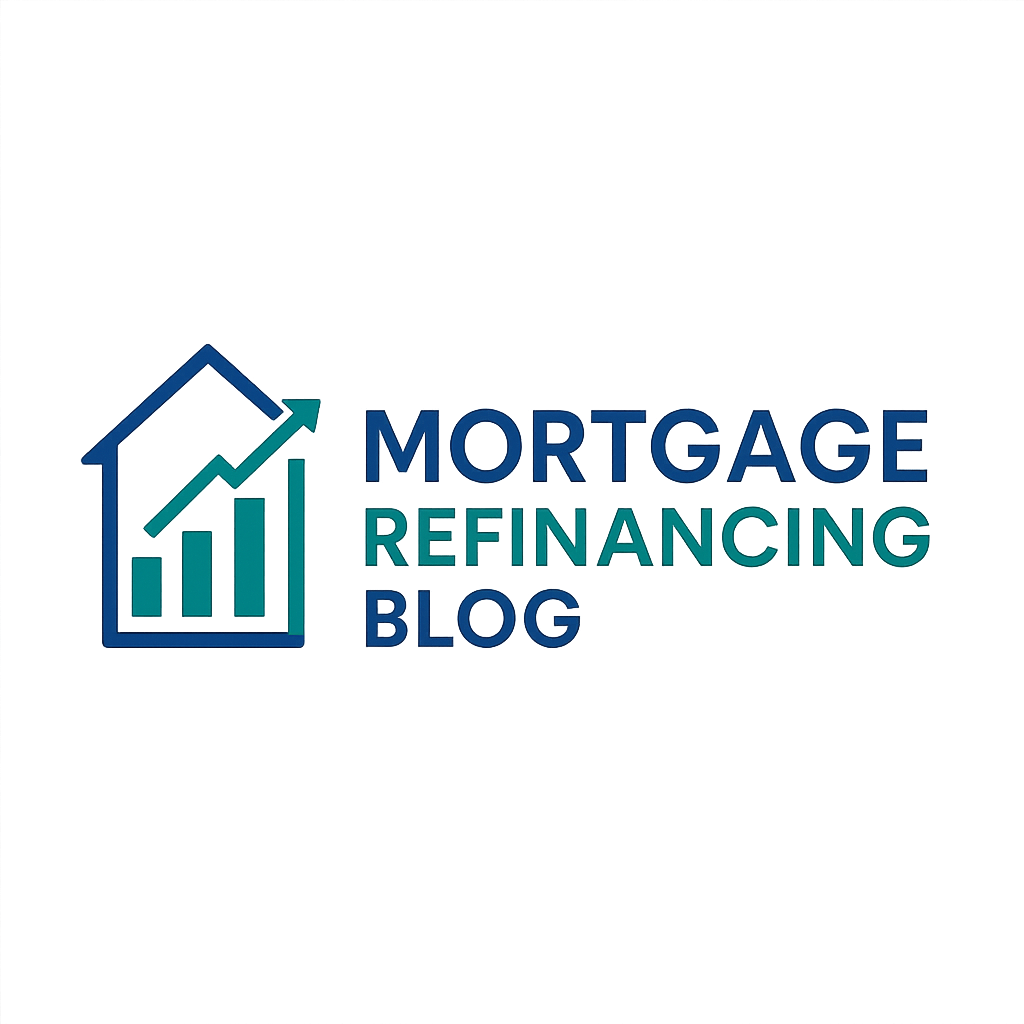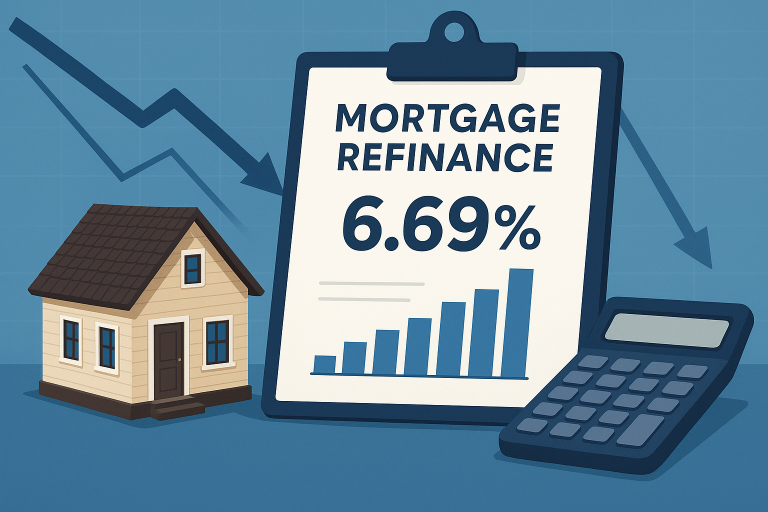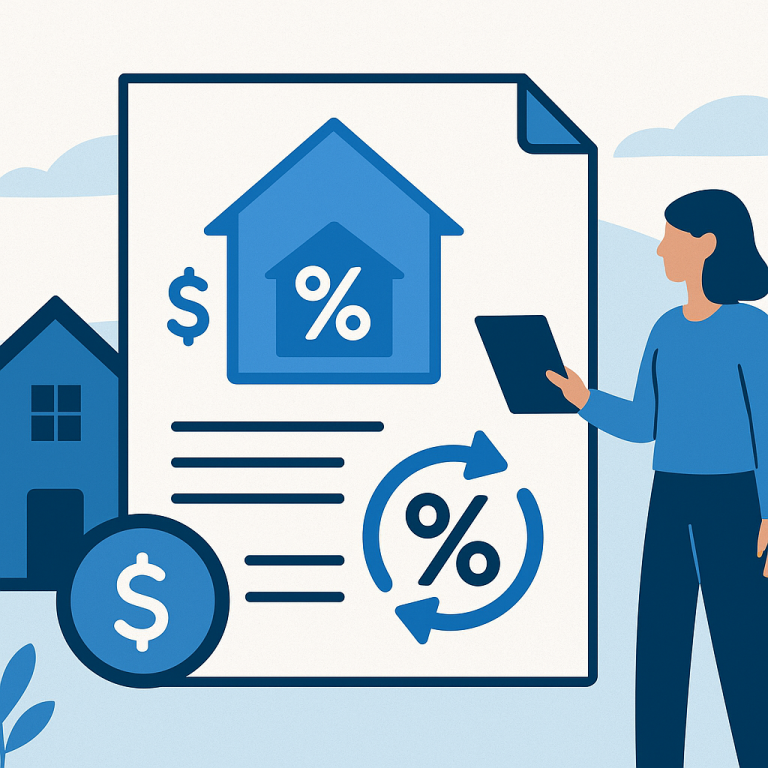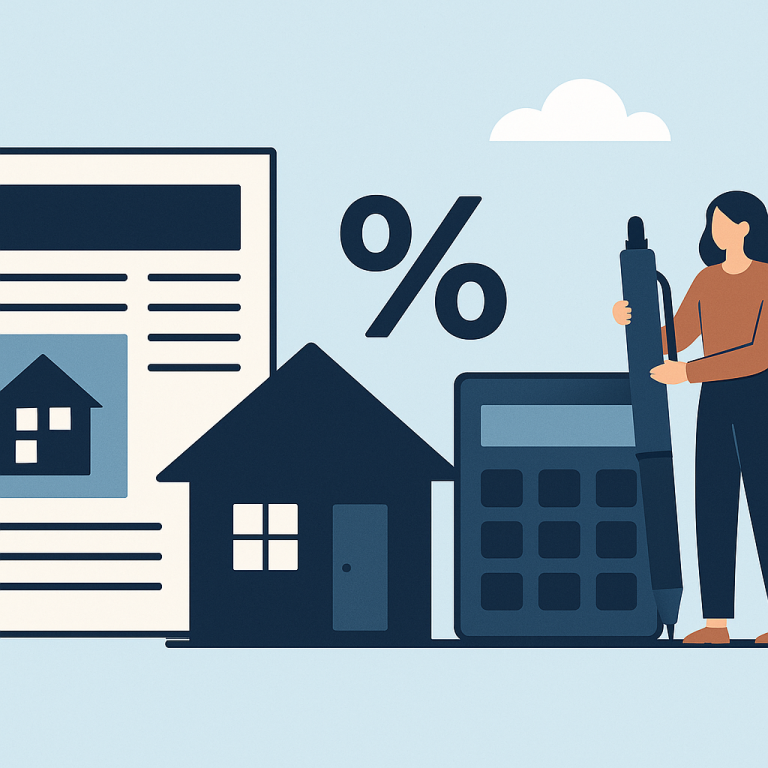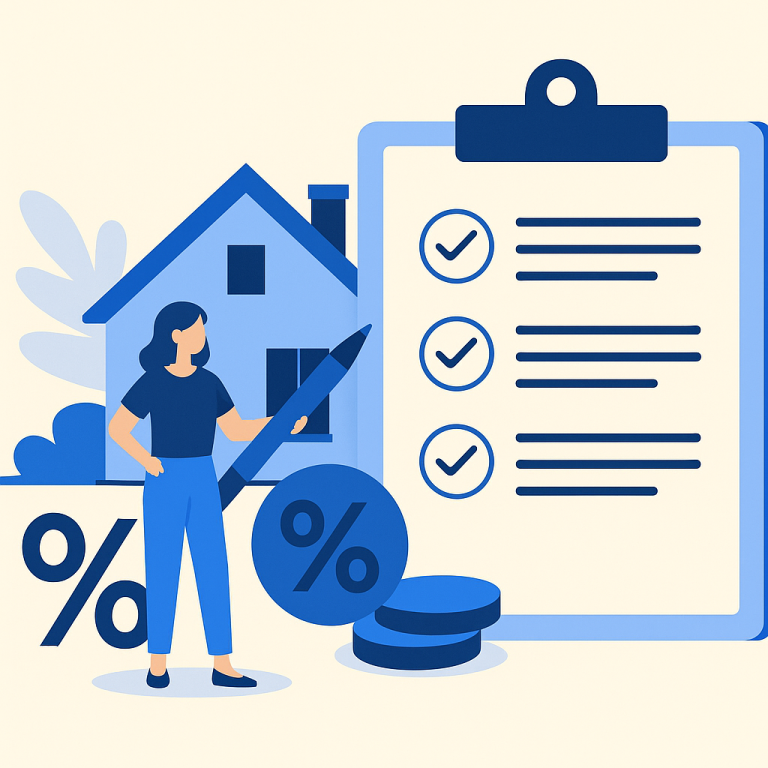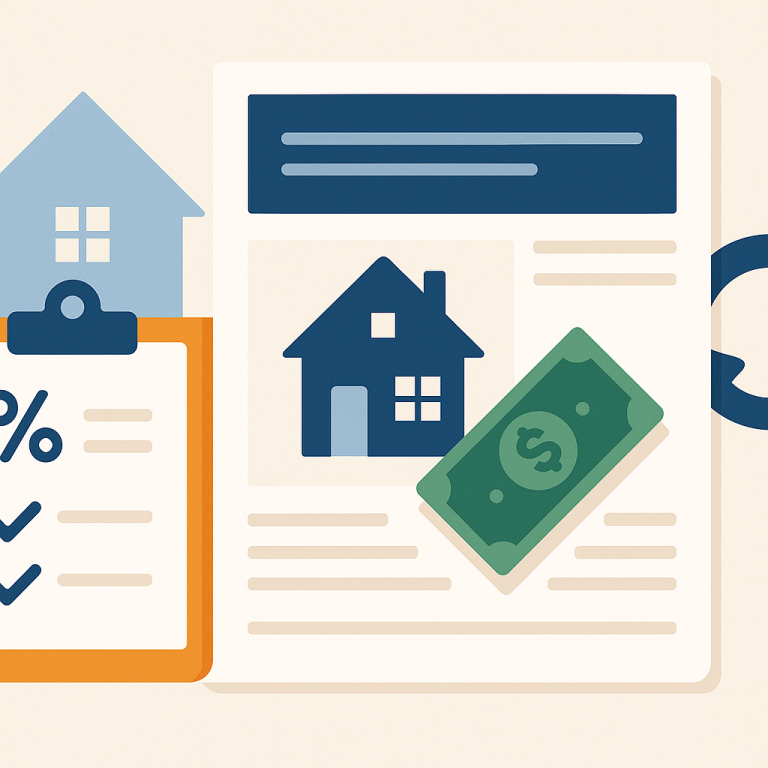Cash-out refinance for debt consolidation risks and benefits
Cash-out refinance for debt consolidation: risks and benefits
A cash-out refinance replaces your existing mortgage with a new, larger mortgage and gives you the difference in cash. Many homeowners consider this option to consolidate high-interest unsecured debt (credit cards, personal loans) into a single, lower-rate mortgage payment. This guide explains how a cash-out refinance works, the benefits and risks for debt consolidation, alternatives to consider, practical steps to evaluate the option, and a short FAQ for common questions.
How a cash-out refinance works
With a cash-out refinance you refinance your current mortgage for more than you owe, and you receive the excess in cash at closing. For example, if your home is worth $300,000 and you refinance up to $240,000 while owing $150,000 on the old mortgage, you could receive roughly $90,000 before closing costs. Lenders set limits on how much equity you can tap, and those limits vary by lender and loan program.
Key components
- New loan balance: covers the old mortgage payoff plus the cash you take out.
- Loan-to-value (LTV): lenders restrict how much of your home’s value you can borrow.
- Closing costs: appraisal, lender fees, title insurance and other costs reduce the net cash received.
- Interest rate and loan term: determine monthly payment and total interest paid over time.
Potential benefits for debt consolidation
- Lower interest rate: mortgage rates are usually lower than credit card or unsecured loan rates, so you may pay less interest on the consolidated balance.
- Single monthly payment: consolidating multiple debts into your mortgage simplifies payments and budgeting.
- Potentially lower monthly payments: moving high-rate debt into a longer-term mortgage can reduce monthly outflows, freeing short-term cash flow.
- Possible tax considerations: interest on mortgage debt may be deductible in certain situations; consult a tax advisor about your specific use of the funds.
Main risks and disadvantages
Consolidating debt with a cash-out refinance also has trade-offs. Consider these risks carefully:
- Securing unsecured debt: you replace unsecured obligations (credit cards) with a debt secured by your home. This puts your house at risk if you default.
- Longer repayment and higher total interest: converting short-term debt into a 15- or 30-year mortgage can increase the total interest you pay even with a lower rate.
- Closing costs: refinancing has upfront costs that reduce the cash you receive and extend the time it takes to see net savings.
- Possible loss of borrower protections: some unsecured loans provide different consumer protections than mortgages.
- Credit behavior risk: if you consolidate and then resume using credit cards, you can end up with both a larger mortgage and new unsecured debt.
- Possible tax consequences: interest deductibility depends on how the proceeds are used; paying off personal debt may change tax treatment.
When a cash-out refinance makes sense for debt consolidation
It can be a reasonable option when:
- Your mortgage interest rate is substantially lower than the interest rates on your unsecured debts.
- You have enough home equity to get the cash you need without depleting all equity (and you meet lender LTV requirements).
- You plan to stop accumulating new unsecured debt and have a budget to pay down the consolidated balance faster than the mortgage schedule would otherwise require.
- The closing costs are small enough relative to expected interest savings to produce a reasonable break-even timeline.
- You understand and accept the risk of securing the debt with your home.
Quick calculation to estimate savings
Use a simple comparison: estimate the annual interest on your current unsecured debt versus the mortgage interest you would pay on the same principal. Example: $30,000 in credit card debt at 18% = $5,400/year. If a cash-out refinance offers a 5% mortgage rate on that amount, interest would be $1,500/year, saving about $3,900/year. If closing costs are $6,000, the rough payback is about 1.5 years. This is a simplified example — include amortization, loan term, and changes in monthly payment in a full calculation.
Practical steps to evaluate and execute a cash-out refinance
1. Take inventory of your debts and interest rates
- List balances, minimum payments, and interest rates for all unsecured debts you want to consolidate.
- Decide how much cash you actually need — avoid borrowing more than necessary.
2. Check your home equity and lender limits
- Estimate your home’s current market value and calculate LTV (new loan amount divided by value).
- Talk to lenders about their cash-out LTV limits — these vary by loan type and credit profile.
3. Compare all costs and the APR
- Request loan estimates from multiple lenders and compare APR, not just interest rate.
- Include appraisal fees, title, closing costs and any points when comparing offers.
4. Do the math on break-even and total cost
- Calculate total interest you’d pay over the period you expect to carry the balance, including the effect of a longer term.
- Estimate how long until interest savings exceed closing costs (break-even).
5. Understand underwriting requirements and timelines
- Prepare documentation: proof of income, tax returns, bank statements, current mortgage payoff.
- Know that the process can take several weeks from application to closing.
6. Have a repayment plan and change behaviors
- Create a budget that targets paying down the consolidated balance faster than the mortgage term.
- Avoid reusing credit cards or opening new high-interest accounts after consolidation.
Alternatives to consider
- Home equity loan or HELOC: these are second mortgages that can offer competitive rates and different fee structures; HELOCs are often variable-rate and more flexible.
- Personal loan: unsecured installment loans can help consolidate debt without putting your home at risk; rates depend on credit.
- Balance transfer credit cards: useful for smaller balances if you can pay them off within an introductory 0% APR period and avoid transfer fees.
- Debt management plan or credit counseling: structured plans can lower interest and create a repayment schedule without new loans.
- Bankruptcy or negotiated settlements: last-resort options for severe debt situations — consult a consumer attorney or credit counselor.
How lenders evaluate cash-out refinance applications
- Credit score and history — higher scores get better rates and terms.
- Debt-to-income (DTI) ratio — lenders check if your income comfortably covers the new mortgage plus other debts.
- Home appraisal and LTV — helps set the maximum cash available.
- Employment and income stability — lenders require documentation.
- Title and lien search — outstanding liens or judgments can affect eligibility.
Tips to avoid common pitfalls
- Don’t borrow more than you need — larger mortgages increase total interest and housing exposure.
- Account for closing costs when calculating net cash and savings.
- Keep an emergency fund so you’re not forced back into high-interest borrowing if unexpected expenses occur.
- Consider a shorter loan term if you can afford the higher payment — it reduces total interest paid.
- Consult a tax professional about deductibility if you care about tax implications.
Brief FAQ
Will a cash-out refinance hurt my credit?
It may cause a temporary dip because of the credit pull and new account. Over time, reducing revolving balances can improve your credit mix and utilization, which may help your score.
How much cash can I take out?
Limits vary by lender and loan program. Many lenders limit cash-out refinances to a percentage of your home’s value (commonly around 70–80% for conventional loans), but exact limits depend on program rules and your credit profile. Check with lenders for specific numbers.
Is the interest on a cash-out refinance deductible?
Tax rules vary. Mortgage interest may be deductible when the proceeds are used to buy, build or substantially improve the home. Interest paid on loan proceeds used for other personal expenses may not be deductible. Ask a tax advisor about your situation.
Can I lose my home if I default after a cash-out refinance?
Yes. Because the mortgage is secured by your home, failing to make payments can lead to foreclosure. Understand that you’re trading unsecured debt for secured debt.
How long does the process take?
Typical timelines range from a few weeks to a month or longer, depending on lender workload, appraisal scheduling, documentation and underwriting.
Bottom line
A cash-out refinance can be an effective debt consolidation tool for homeowners who have sufficient equity, strong credit, and a disciplined plan to avoid repeating past mistakes. It often lowers interest rates on high-cost unsecured debt and simplifies payments, but it also converts unsecured debt into secured debt and can increase total interest if extended across a longer mortgage term. Carefully compare costs, alternatives, and long-term implications before proceeding, and consult lenders, housing counselors, or a tax advisor as needed.
